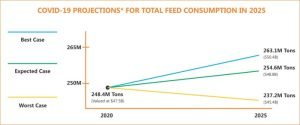 Rapidly growing populations, along with increased urbanization and income, is expected to rise the consumption of animal products by 70% in 2050. The increase in animal production will require an additional amount of feed to be produced. The challenge is not only to meet the growing demand for feed but also to ensure its safety.
Rapidly growing populations, along with increased urbanization and income, is expected to rise the consumption of animal products by 70% in 2050. The increase in animal production will require an additional amount of feed to be produced. The challenge is not only to meet the growing demand for feed but also to ensure its safety.
Feed Safety
Feed safety is a prerequisite for food safety and human health, as well as a necessity for animal health and welfare. It also decreases feed losses. Feed production is as important as food production which ensures the quality assurance of integrated food safety systems.
In many countries, adequate know-how and sufficient awareness are lacking to ensure feed safety among all operators along the whole value chain. Even areas with better knowledge and control systems, are facing new safety risks with the entrance of new and unconventional feed ingredients in the production chain as in agro-industrial by-products (such as the ones of the biofuel industry), insects, food processing by-products, food wastes, etc. Whereas, many countries still lack feed regulatory frameworks and fail to implement feed regulations and other international standards.
Feed Hygiene: Remove the toxins
Healthy and safe feed is essential for healthy and safe food – so it is important to have an efficient feed hygiene system in place to minimize the risk of pathogenic bacterial contamination of feed. There is a huge concern regarding contamination with pathogenic bacteria, measures should be taken to minimize possible hazards. Using effective methods to prevent contamination and recontamination of feed is important for both animal performance and the feed industry.
The world is now moving towards Organic acids-based feed hygiene solutions and heat treatment. Though heat treatment solutions are currently considered the most efficient alternatives to contain feed hygiene. Researchers are yet to find out the effectiveness of other molecules and combinations of molecules against pathogens in feed.

Feed Safety and Margins
Feed safety is fundamental to the success of feed producers. Hence, feed producers must define feed safety to protect animals and the people feeding them – at every step in the supply chain, from production to consumption, from illness or injury from handling or consuming feed products.
1. Leadership: Producing the safest food/feed possible is critical to the ongoing success of feed producing business. Feed Producers must strive to be a reliable source of their customers; have the trust of regulators; earn the confidence of consumers, and act as a catalyst to improve food/feed safety in the industries in which we operate.
2. Transparency: feed producers work with others across the public and private sectors to address safety issues in the food/feed supply and to establish common expectations and policy principles to improve the overall supply chain.
3. Personal Responsibility: Feed Producers, believe all employees are responsible for contributing to the success of food/feed safety systems. Industry empowers them to bring forward ideas that could improve company efforts and to act when they see a problem in company operations that may compromise food/feed safety.
4. Accountability: Feed Producers hold accountable to fully implement their food/feed safety approach and continuously seek ways to improve the food/feed safety systems. The company must continually monitor each of its facilities and act swiftly to address any food/feed safety issue within its supply chain. Also, the industry must commit to continuous improvement in the area of food/feed safety through ongoing research and new food/feed technologies and interventions.
FSSAI & SAFE FEED PRODUCTION
In a faster-developing world, every Country and its Government must focus on the development of Science-based Food & Feeds Standards and ensure safety/hygiene for every article of food and feed products and regulate their manufacture, storage, distribution, sale, and import to ensure availability of safe and wholesome food for human and animal consumption.
An independent Authority like “Food Safety and Standards Authority of India (FSSAI)” must be there to regulate and monitor, manufacture, process, distribution, sale, and import of food & feed while ensuring safe and wholesome food & feeds to the consumers.
FSSAI has been mandated to perform various functions related to the quality and standards of food. These functions in addition to others include “Laying down procedures and guidelines for notification of the accredited laboratories to ensure for new knowledge that would help in continuously updating and upgrading food & feed safety standards which are compatible with international organizations.
CONTAMINANTS TO BEWARE OF
Feed Contaminants that are naturally occurring — This class of feed contaminants is made up of toxic or deleterious substances that are inherent constituents of animal food and are not the result of environmental, agricultural, industrial, or other contamination.
There are two classes of feed contaminants: mycotoxins such as aflatoxin and fumonisin; glucosinolates; and heavy metals such as lead and cadmium.
Feed Contaminants that are not naturally occurring — This class of feed contaminants is made up of industrial toxic or deleterious substances which are increased to abnormal levels in the animal food through mishandling or other intervening acts of industries.

